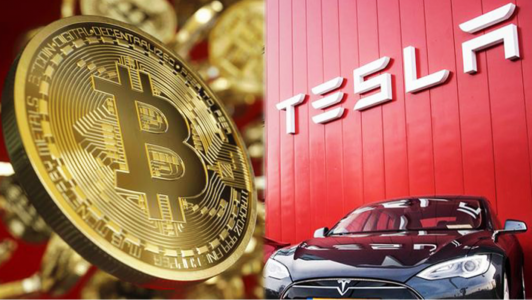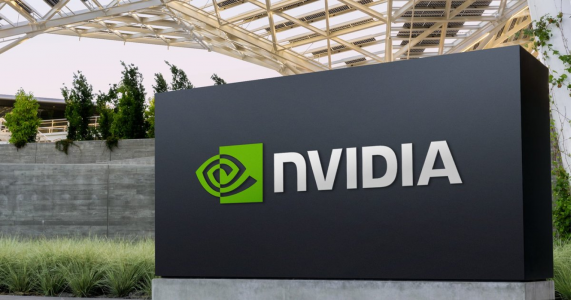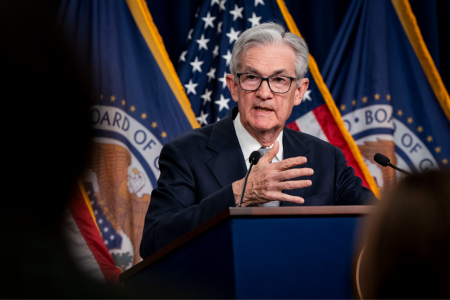Understanding the Federal Reserve Rate Economic Impact
29 Jan 2025
The
Federal Reserve rate (Fed rate)
is a key benchmark interest rate that influences the cost of borrowing and overall economic activity. Set by the
Federal Open Market Committee (FOMC)
, it determines the rate at which banks lend money to each other overnight. This policy tool is essential for managing economic growth, controlling inflation, and maintaining financial stability.
The Fed Rate's Role in the Market
Every FOMC meeting begins with
Federal Reserve Chair Jerome Powell
delivering a carefully structured opening statement. He typically outlines the current economic landscape before addressing monetary policy changes. These statements are closely analyzed by investors, as they set expectations for future rate movements and their impact on various market sectors.
Stock Market Reactions
Changes in the Fed rate directly affect the stock market.
When the Fed raises rates
, borrowing costs for businesses increase, which can reduce corporate profits and lead to stock price declines. Conversely,
lower rates
make financing more accessible, boosting investor confidence and often driving market rallies.
For instance, in
2018
, aggressive rate hikes led to a significant
S&P 500 downturn
, while in
2019
, when the Fed signaled a shift in policy, the market rebounded.
Bond Market Movements
Bonds are highly sensitive to interest rate changes.
Higher rates
make newly issued bonds more attractive due to increased yields, which
lowers the value of existing bonds
. On the other hand,
lower rates
reduce bond yields, making stocks more appealing.
A clear example was in
2022
, when rapid rate hikes caused a decline in
U.S. Treasury bond prices
, as investors adjusted their portfolios in response to changing yields.
Impact on Real Estate
Interest rates have a significant influence on the housing market.
Higher rates
mean
more expensive mortgages
, discouraging homebuyers and cooling the housing market. Conversely,
lower rates
make borrowing more affordable, often fueling a surge in home purchases and driving up prices.
During the 2020 pandemic , the Fed slashed rates to near-zero, leading to a real estate boom as mortgage rates dropped below 3% , encouraging widespread home buying.
Consumer Spending and Inflation Control
Consumer behavior is closely linked to interest rates.
Higher rates
discourage spending by making credit more expensive, helping control inflation.
Lower rates
, however, boost economic activity but may also contribute to inflationary pressures.
In
2023-2024
, to combat rising inflation, the Fed raised rates significantly, leading to
slower retail sales
as consumers cut back on discretionary spending.
Business Investment and Economic Growth
Companies also adjust their investment strategies based on interest rates.
Higher rates
increase borrowing costs, which can lead to reduced business expansion and hiring.
Lower rates
encourage corporate investments in infrastructure, technology, and workforce growth.
Following the
2008 financial crisis
, the Fed maintained near-zero rates, which played a crucial role in
economic recovery and job creation
.
Global Markets and Currency Exchange
The Fed’s policy decisions extend beyond the U.S., affecting global currency markets.
Rate hikes
strengthen the
U.S. dollar
, making American exports more expensive.
Rate cuts
weaken the dollar, benefiting exporters by making U.S. goods more competitive internationally.
In
2015
, when the Fed initiated its first rate hike in nearly a decade, the dollar surged, impacting multinational corporations and emerging markets holding dollar-denominated debt.
The Cryptocurrency Connection
Cryptocurrency markets have also shown sensitivity to Fed rate changes.
Higher rates
shift investor focus towards safer, interest-bearing assets, leading to lower demand for speculative assets like Bitcoin and Ethereum.
Lower rates
, however, increase liquidity, often triggering cryptocurrency surges.
For example, in
2021
, historically low rates fueled a massive
Bitcoin rally to $69,000
. However, in
2022
, as the Fed aggressively hiked rates, the crypto market suffered sharp declines.



